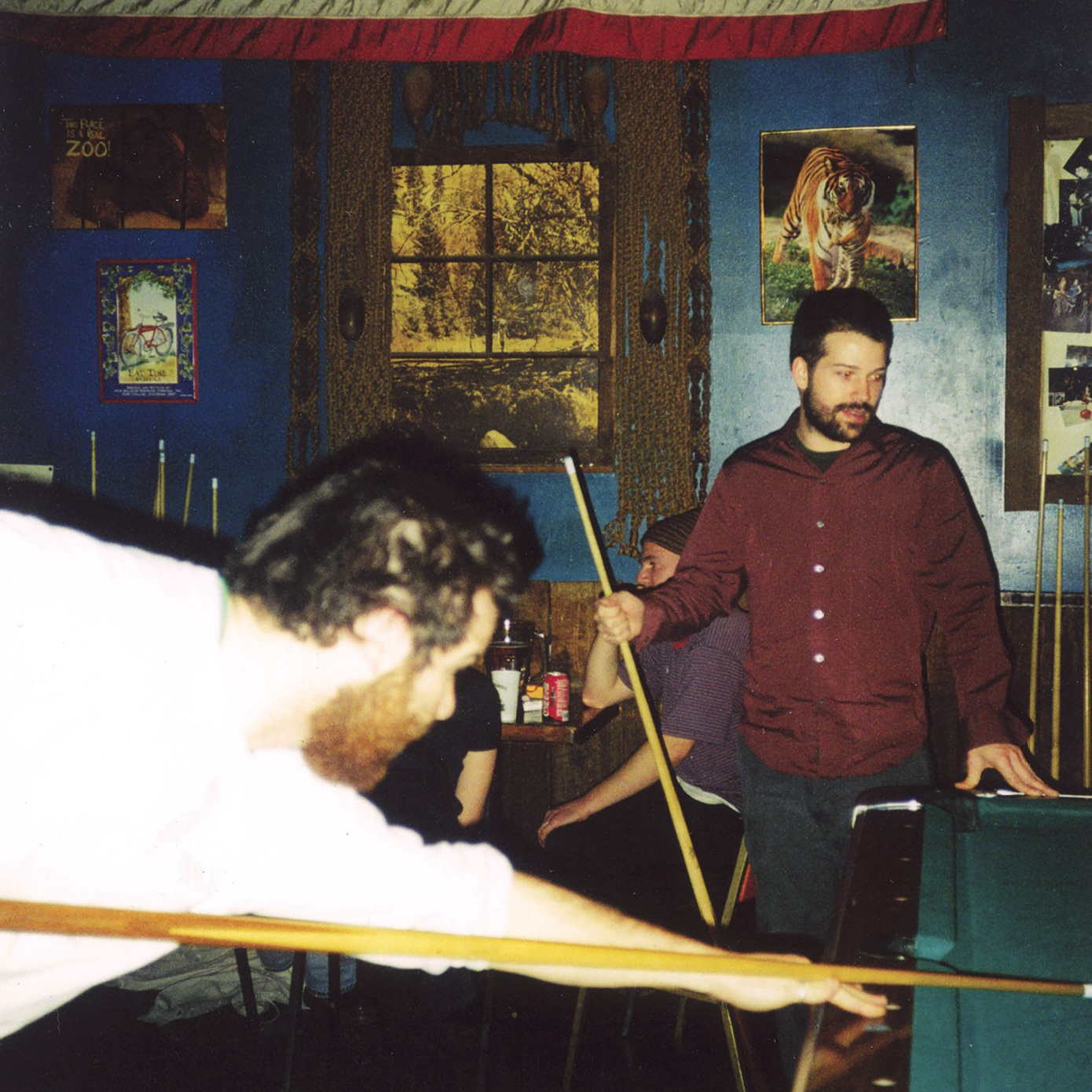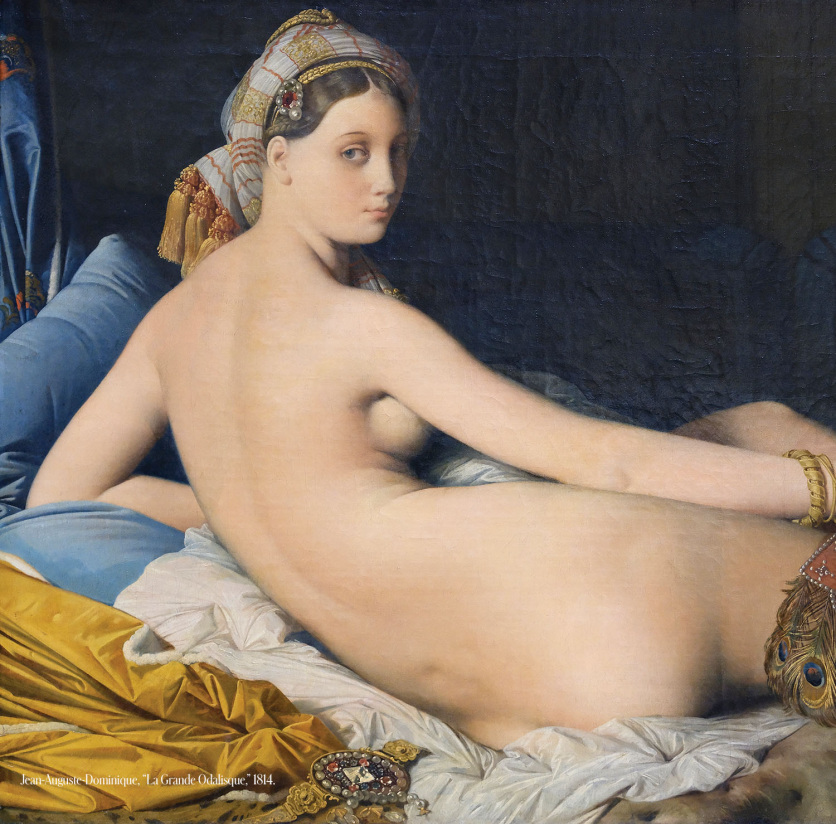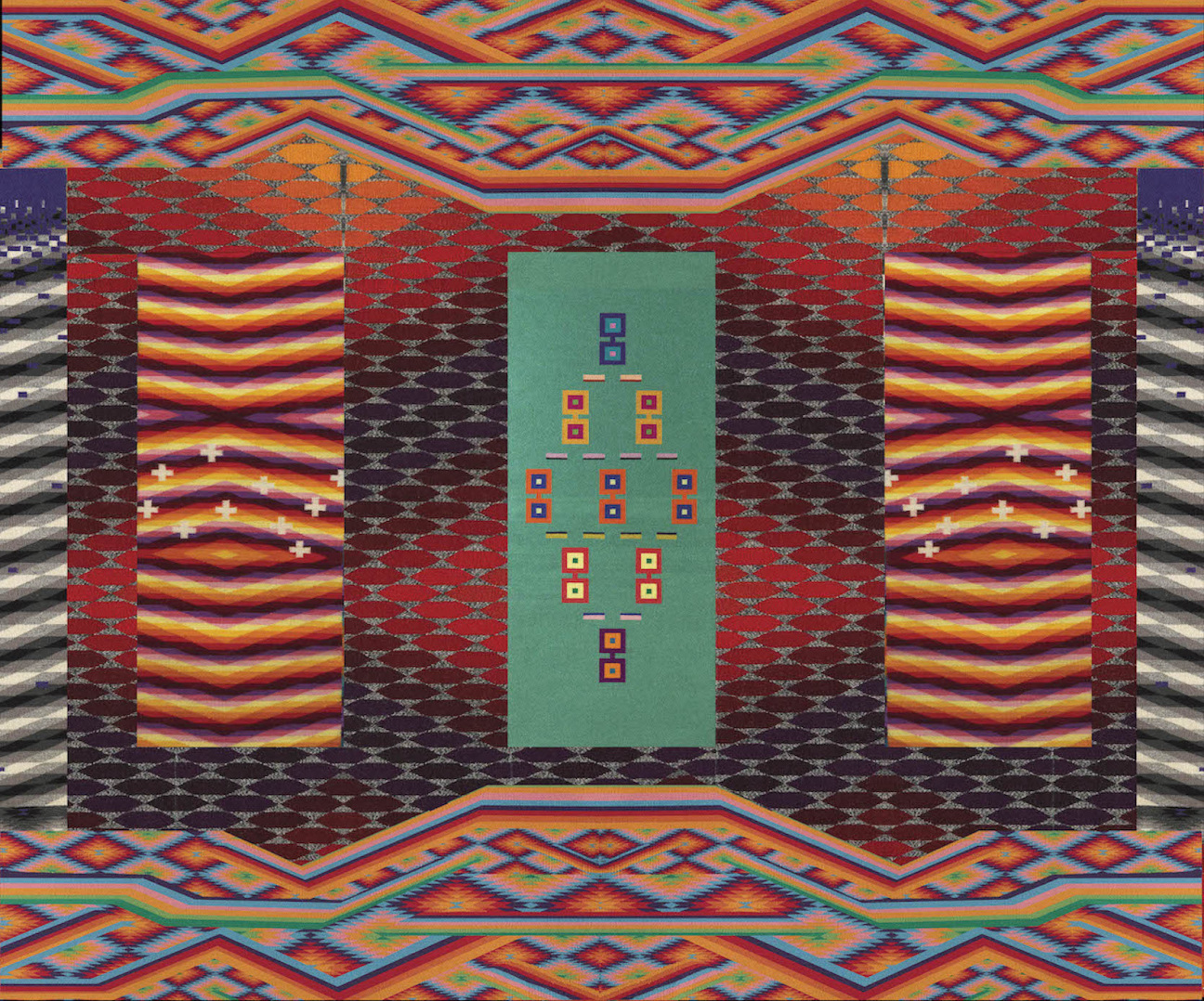
Some biennials are important because they lure tourists to a place that doesn’t often receive them. Others are important because they deliver world-class art to local audiences. Some address their geographical context; others could more or less happen anywhere. Some put a place on the map; others put that place’s artists on the map.
Made in LA—the biennial, hometown survey that has taken place at the Hammer Museum since 2012—is unusual because both its focus and its primary audience is the Los Angeles art community. Its unstated function is to encourage the art world rooted in this famously self-regarding city to see itself in new, unexpected ways. As such, its opening is always cause for anticipation and celebration. This weekend, 39 artists and collectives were toasted at the Hammer’s sixth iteration of the biennial, “Acts of Living.”
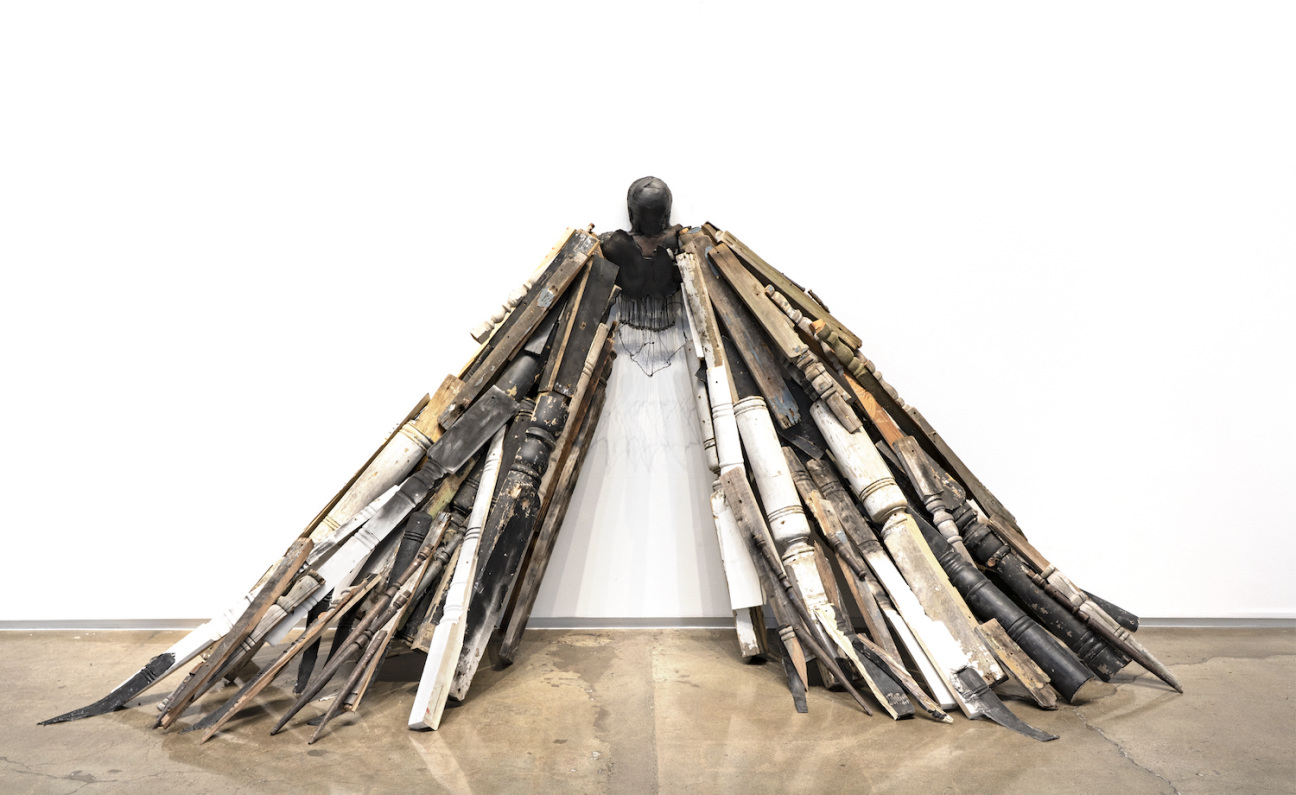
For artists, Made in LA is exciting because it celebrates Los Angeles’s community of makers—and even more so because it regularly spotlights sectors of that community that have historically been neglected by the mainstream. This year, curators Diana Nawi and Pablo José Ramírez focused on Indigenous and Latinx art, presenting a vision of the city as a box-fresh tapestry woven from many ancient threads. (That metaphor is manifested in the digital jacquard weavings of Melissa Cody, who is influenced by '80s Nintendo graphics as well as her Diné/Navajo heritage.)
“All of the practices we are presenting at the biennial have something to do with life, with how artistic practice is deeply rooted in people's communities, people's lives,” said Ramírez at the biennial’s preview. The exhibition’s title is taken from artist Noah Purifoy, who said of Simon Rodia, creator of South LA’s Watts Towers, “Creativity can be an act of living, a way of life, and a formula for doing the right thing.”
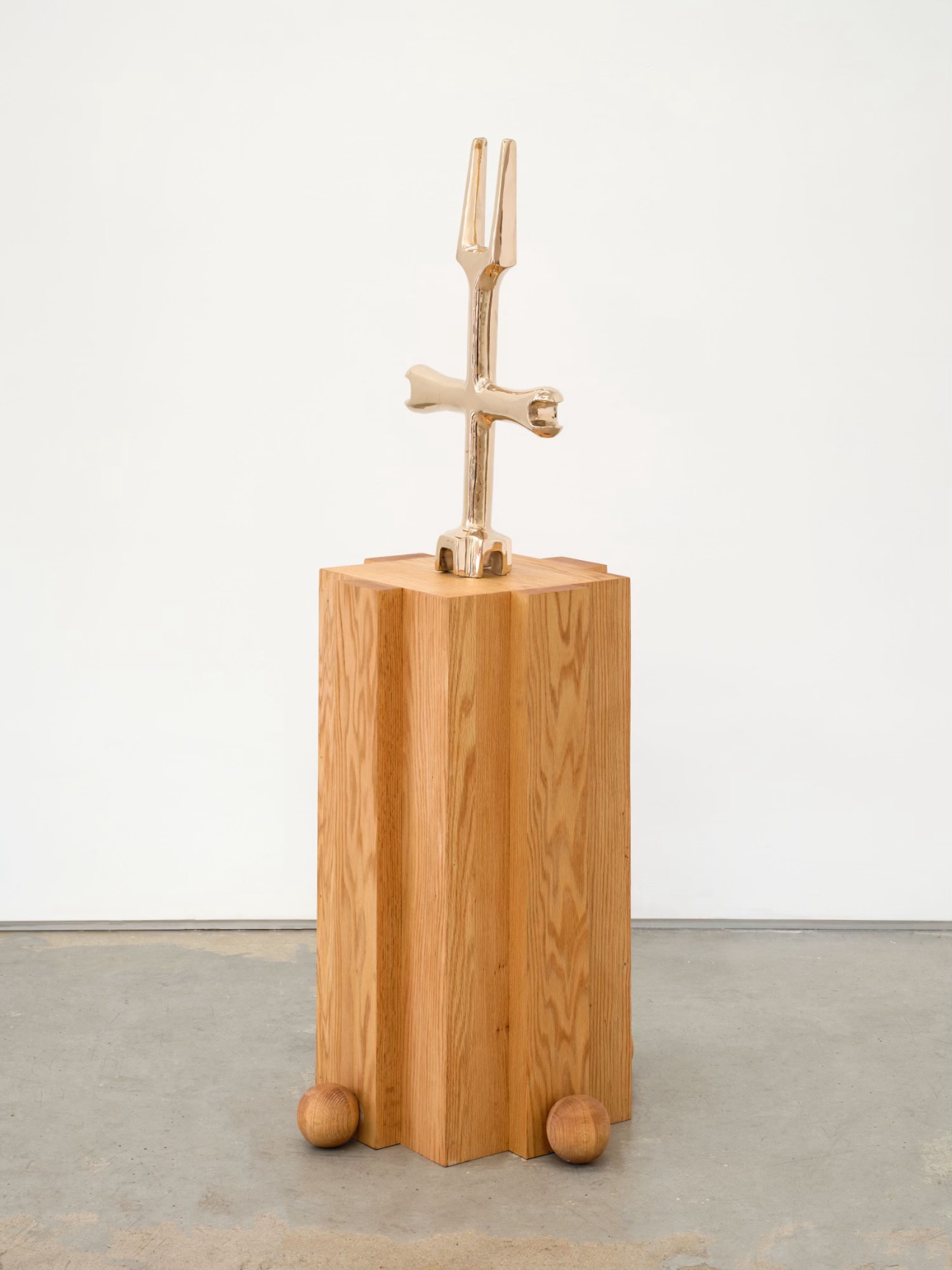
Don’t expect a survey of dematerialized, socially engaged projects, however. There’s plenty of painting and sculpture, on walls and on plinths, and a high degree of old-fashioned craftsmanship, from Ryan Preciado’s furniture to Paige Jiyoung Moon’s intricate domestic paintings and Dan Herschlein’s creepy trompe-l’oeil reliefs. Maria Maea, a standout at the recent California Biennial at the Orange County Museum of Art, expertly wove palm fronds and other organic matter into a suspended, wraithlike figure that twists over a mirror.
Indigenous art, which inevitably acknowledges traditions and vernaculars as well as its contemporary conditions, lends itself especially well to Nawi and Ramírez’s picture of this city as simultaneously old and new. An unforgettable standout is Tohono O'odham artist Ishi Glinsky’s giant sculpture of the iconic mask from the Scream movie franchise: Inertia–Warn the Animals, 2023. The piece includes oversized ceremonial bells (jingles) and other adornments made by Native artists from Glinsky’s community, including Teresa Baker (Mandan/Hidatsa), whose own stunning paintings made from shaped panels of artificial turf hang nearby.
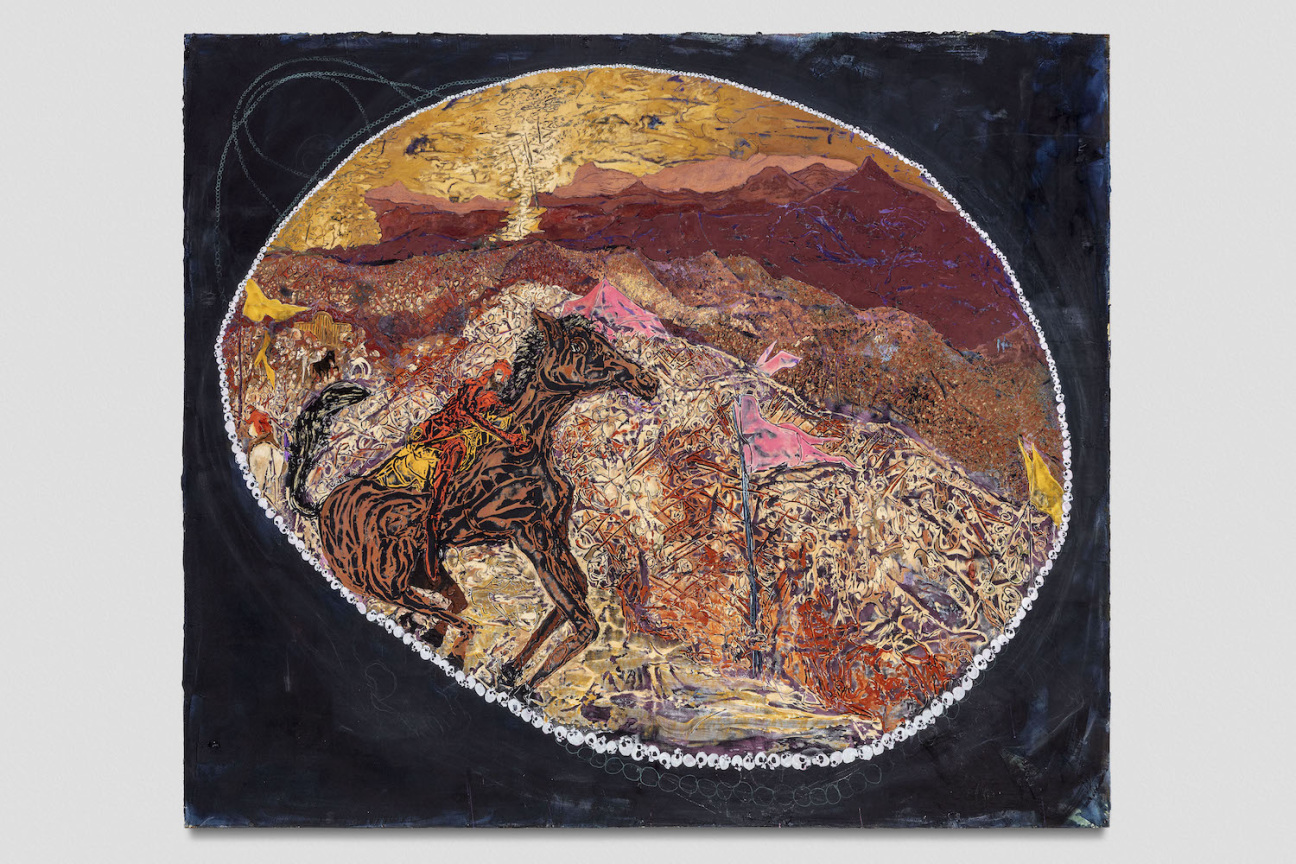
Another big reason Made in LA is exciting for the local community is that it invariably includes a host of surprises, even to dedicated observers of the LA art scene. Ramírez confessed that he and Nawi were not familiar with the work of Kyle Kilty, one of the breakthrough talents of this year’s offering, before he was recommended by other artists that the pair consulted. (The research period for the biennial, according to Hammer director Ann Philbin, began almost as soon as the last Made in LA wrapped.)
Kilty’s large, hallucinatory paintings seem, like Baker’s turf panels, to map landscapes (real or imagined) in idiosyncratic and deeply personal ways. As one of the most over-represented cities in the world, a place whose self-image is built largely from cliché and fantasy, Los Angeles needs—perhaps more than anywhere—new ways of seeing itself and the terrain in which it is situated. Made in LA 2023 undoubtedly supplies some.
"Made in L.A. 2023: Acts of Living" is on view at the Hammer Museum in Los Angeles through December 31, 2023.



